Tire Size 255/70r16 vs 265/70r16
The main difference between the 255/70r16 and 265/70r16 tires is the section width. The 265/70r16 tire is 10mm (0.39 inches) wider than the 255/70r16, making it 3.9% wider. This impacts various performance aspects.
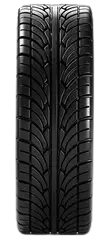

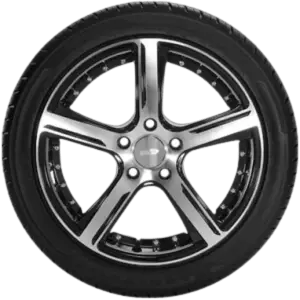





| / | R |

| / | R |
| Parameter | 235/35 R18 | 205/40 R18 | Differ. |
|---|---|---|---|
| Tire Height | |||
| Section Width | |||
| Circumference | |||
| Sidewall Height | |||
| Revolutions | |||
| Rim Size |
Fitment Guide
The overall diameter difference between 255/70r16 and 265/70r16 tires is 14mm (0.55 inches), which is 1.8%.
This is within the 3% limit for direct replacement without modifications. So 265/70r16 tires can directly replace 255/70r16 tires without needing a suspension lift or leveling kit.
Gas Mileage
With a smaller tread width, the 255/70r16 tire has marginally less rolling resistance compared to the 265/70r16.
This could provide slightly better fuel efficiency, making the 255/70r16 a good option for fuel economy-focused vehicles. However, the difference is minor.
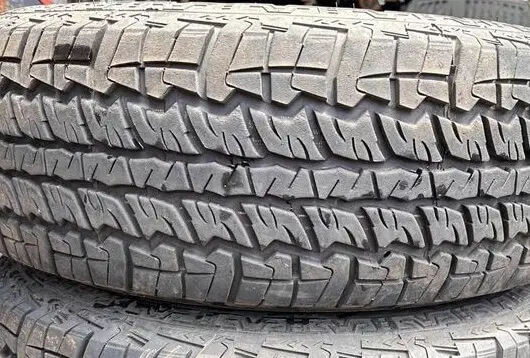
Ground Clearance
The 265/70r16 tire size has a 14mm (0.55 inches) larger overall diameter, providing 1.8% more ground clearance.
This added clearance is helpful for off-road driving, helping avoid scrapes over obstacles. However, it causes a slightly lower speedometer reading than the 255/70r16.
Ride Comfort
While both tires provide good ride comfort, the 265/70r16 extra 10mm of sidewall height cushions bumps slightly better.
Its more flexible sidewall absorbs minor road impacts, further enhancing ride quality over uneven pavements.
Aesthetics
Visually, the difference is subtle. The 265/70r16 will have a slightly taller sidewall, giving it a stretchy look compared to the 255/70r16. This suits the aesthetic of SUVs and trucks well.
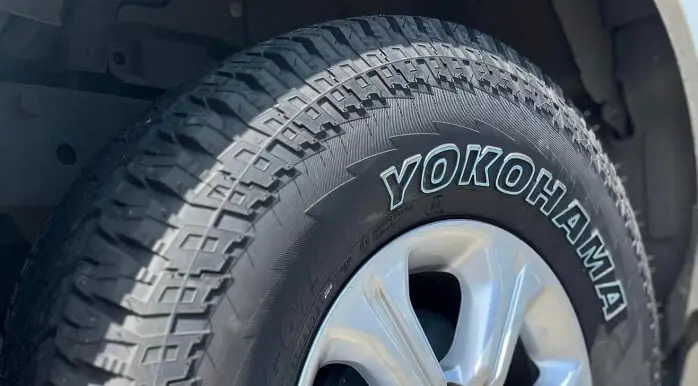
Handling & Stability
With a shorter, stiffer sidewall, the 255/70r16 offers sharper steering response and handling precision on paved roads compared to the 265/70r16. But both deliver responsive, stable handling for normal driving conditions.
Noise & Vibration
The 255/70r16 shorter sidewall transmits slightly more road noise and vibrations into the cabin.
The 265/70r16 extra sidewall cushioning helps isolate noise and vibrations better. But differences are minor, with both providing a quiet, comfortable ride.
Durability & Wear
Durability is similar between the two tire sizes. The 255/70r16 shows marginally less wear owing to its smaller tread surface contacting the road. But wear life differences are small in typical driving.
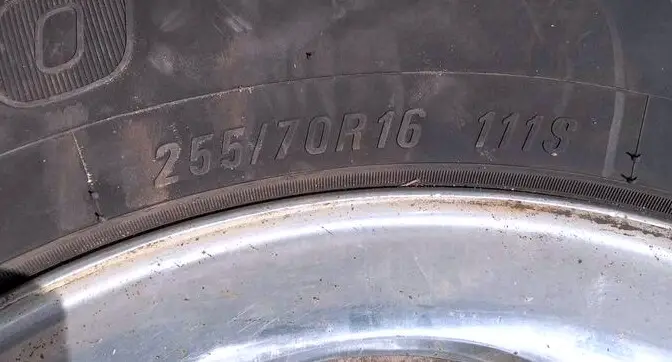
Adverse Conditions
Both tires perform well in rain, light snow, and off-road conditions. The 265/70r16 provides a bit more traction and control in mud or deep snow with its wider tread. But the 255/70r16 cuts through snow effectively, too.
Speedometer Difference
At an actual speed of 20 mph, the speedometer reads 20.37 mph with the 265/70r16 tires and 20 mph with the 255/70r16.
This 0.37 mph speedometer difference is because of the slightly larger diameter of the 265/70r16 tire.
Can I Use 265/70r16 Instead Of 255/70r16?
Yes, you can usually replace your 255/70R16 tires with 265/70R16 tires. The overall diameter difference between these two tire sizes is 1.8%, which falls under the 3% limit generally allowed for direct substitution without modifications. The slightly taller 265/70R16 size should fit without rubbing or clearance problems.
However, make sure to choose a 265/70R16 replacement tire with an equivalent or more excellent load rating compared to your original 255/70R16 tire specifications.
Provided the load capacity matches or exceeds your vehicle’s requirements, the 265/70R16 size can be mounted as a direct replacement.
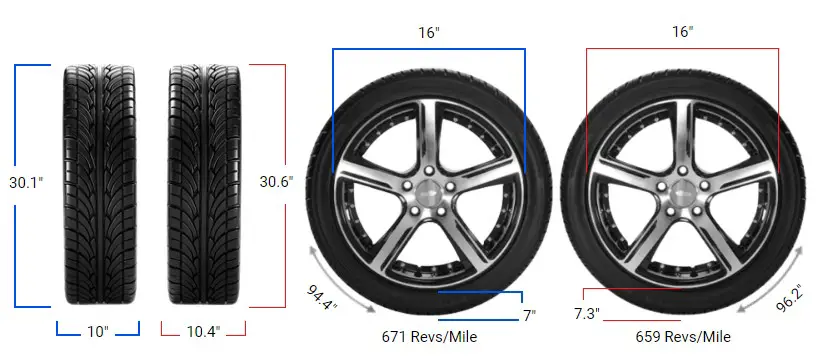
265/70r16 vs 255/70r16
This comparison table helps distinguish between 255/70r16 and 265/70r16 tire sizes.
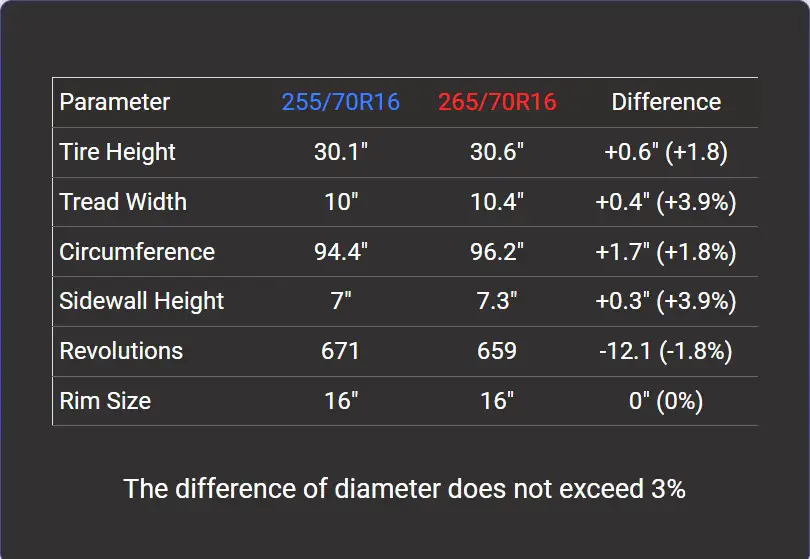
Our Observation
While having minor differences in certain aspects, both the 255/70R16 and 265/70R16 are high-performing tire sizes suitable for most drivers.
The 255/70R16 offers marginally better handling and fuel economy. Meanwhile, the 265/70R16 provides more ride comfort and off-road capability.
However, these differences are quite slight in real-world conditions. Given the subtle performance variations, either tire size works very well overall.
Drivers should choose based more on pricing or specific vehicle fitment considerations rather than minute performance nuances between these capable tires. We do not clearly recommend one as better overall.

Meet Caitlin McCormack, a Tire Size Expert and Blogger Passionate About Everything Related to Tires. With Years of Experience in the Tire Industry, Caitlin Has Become an Expert in Tire Sizes and Their Impact on Vehicle Performance.
